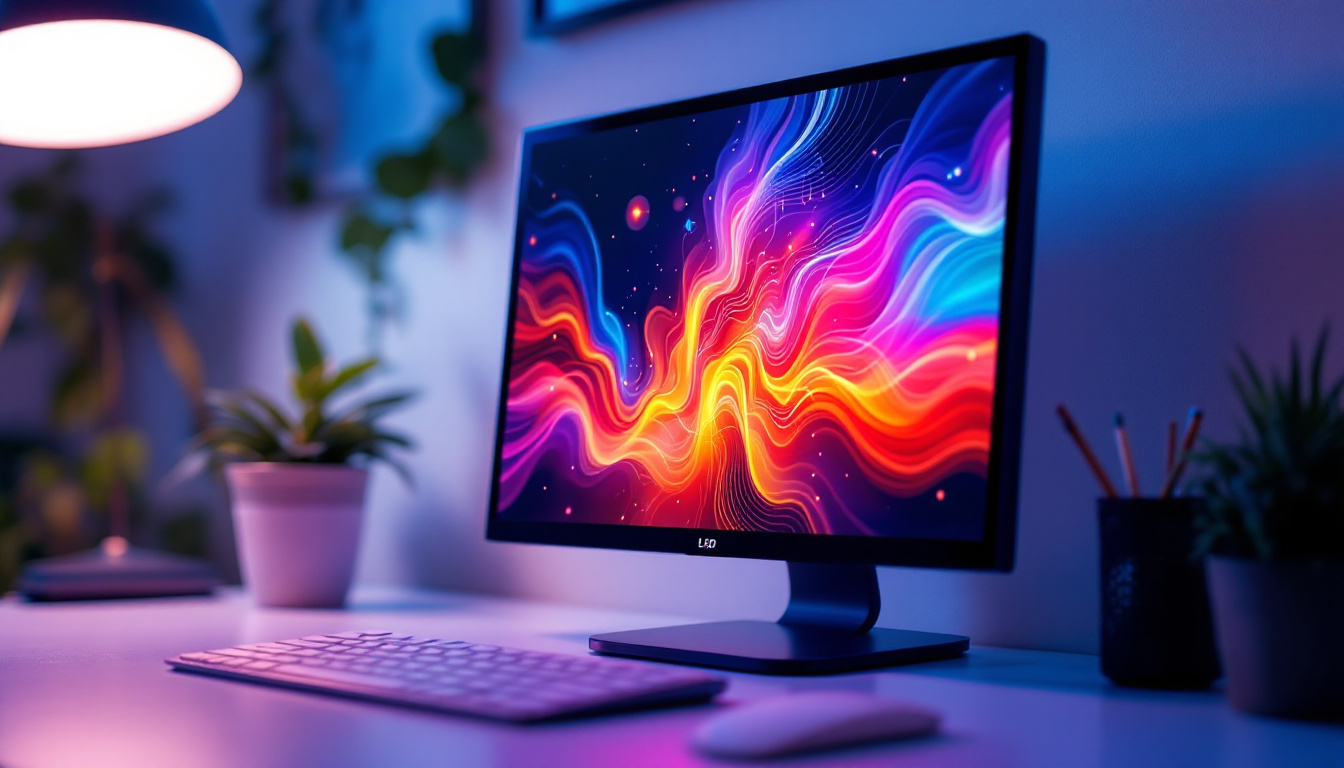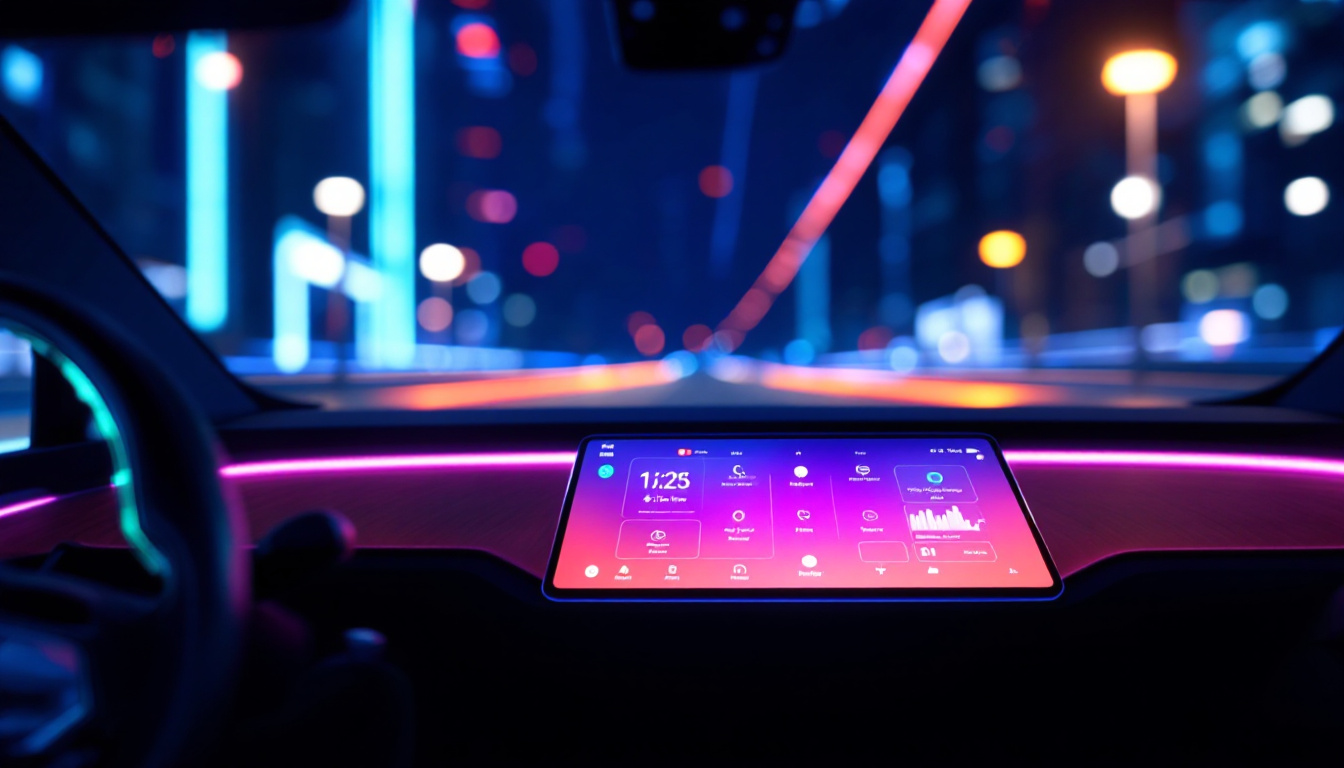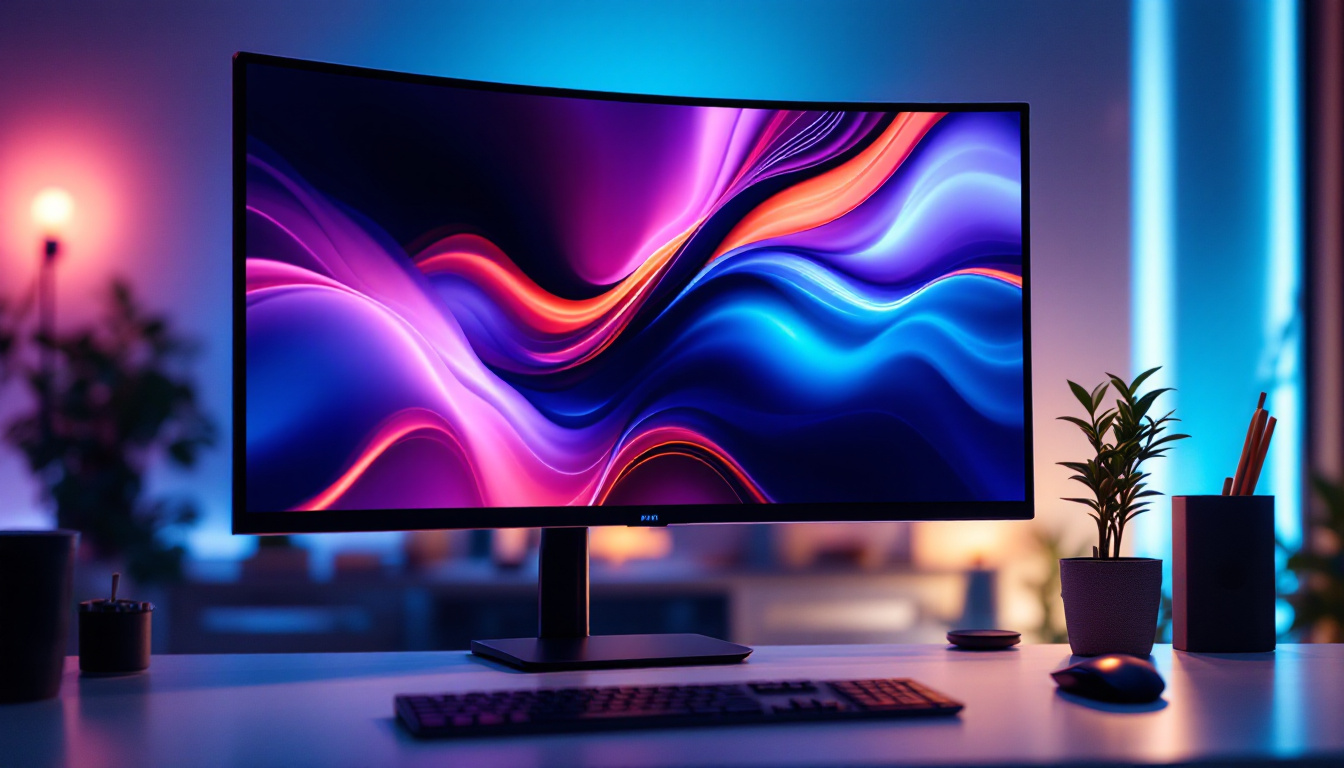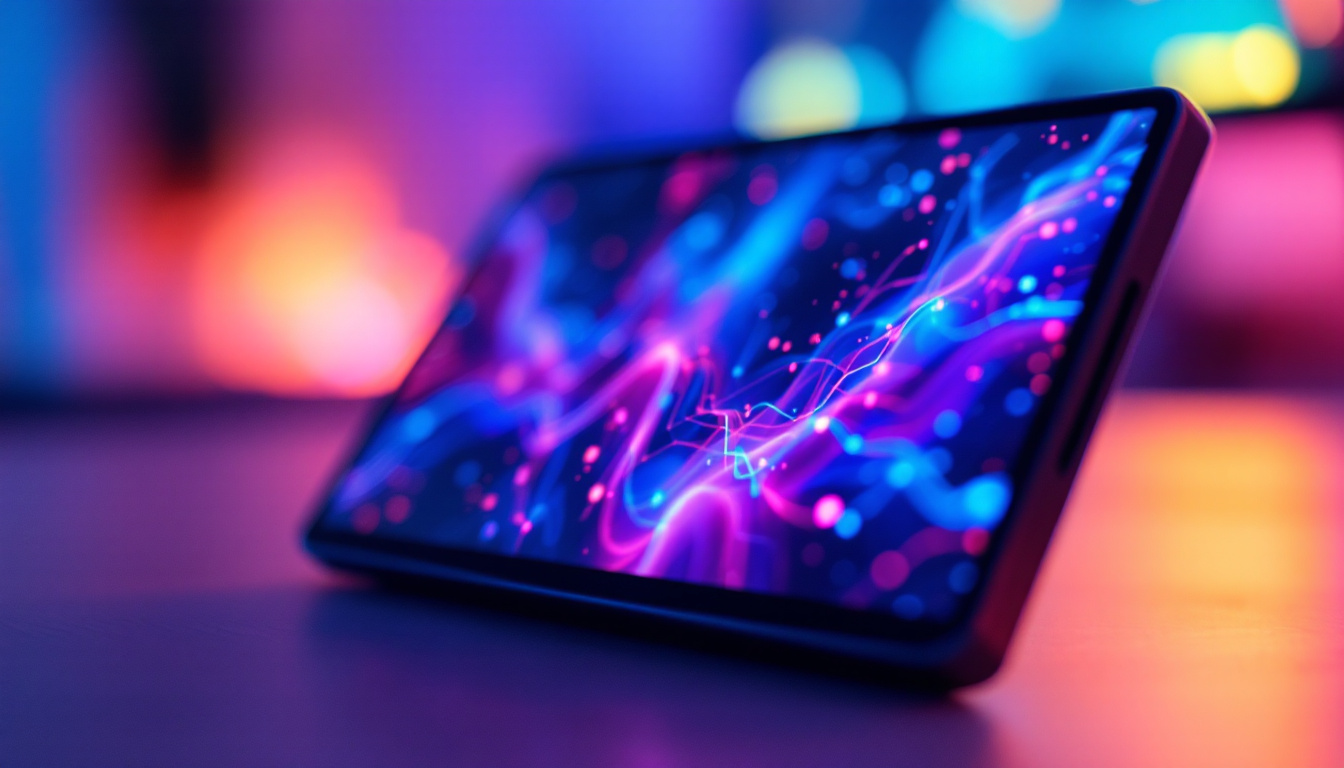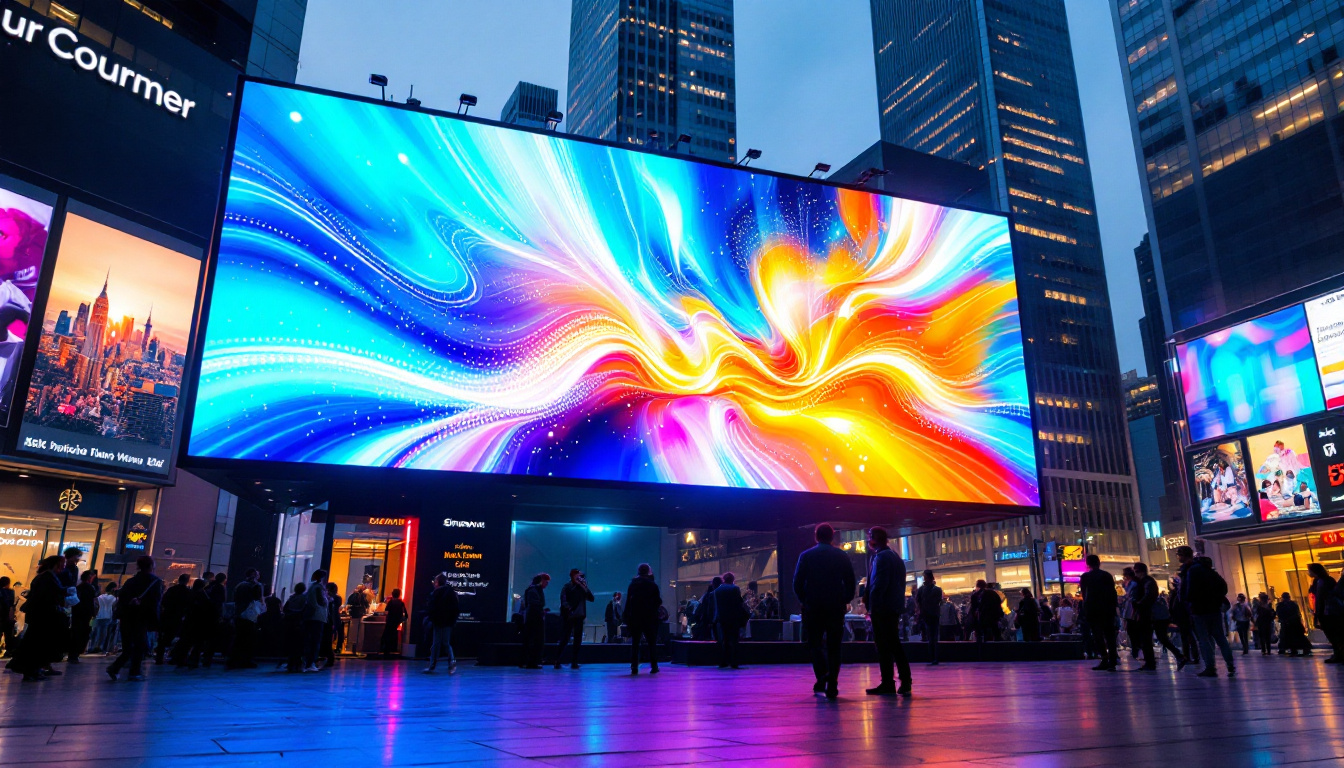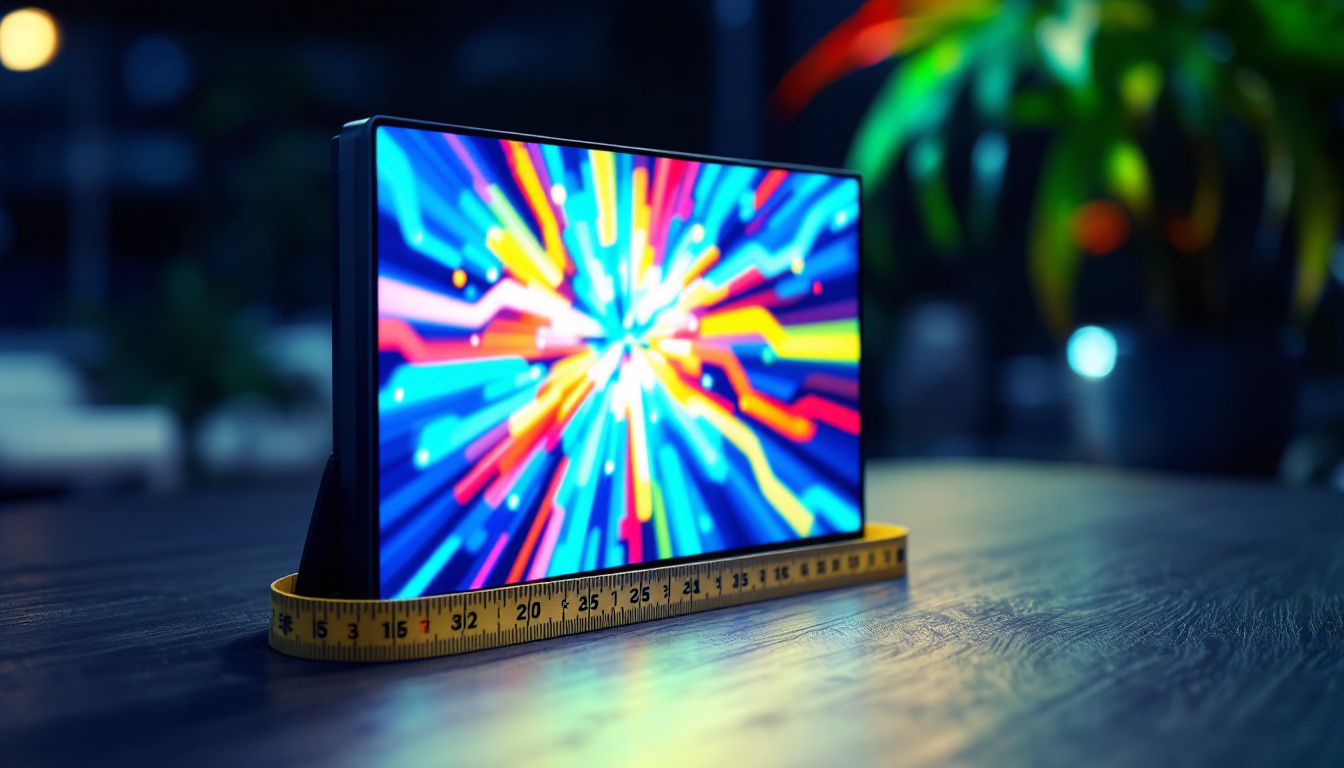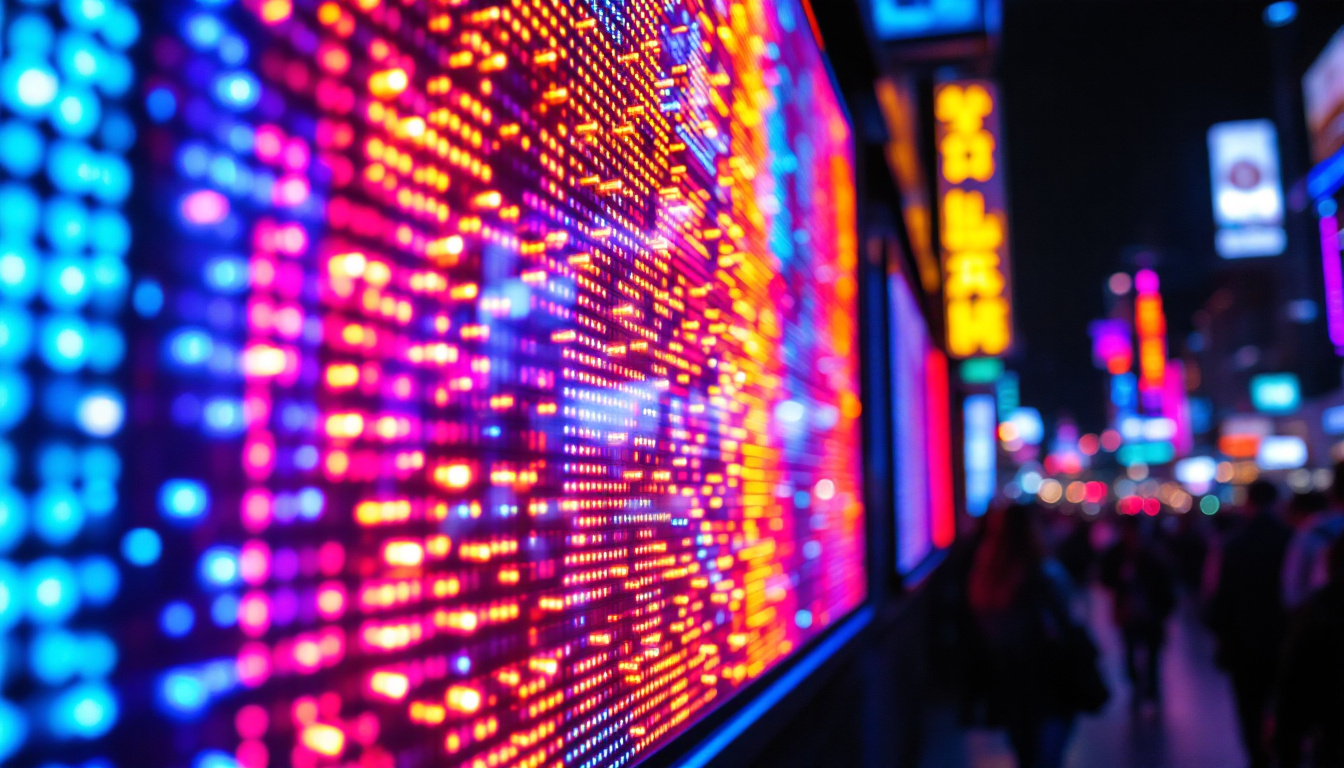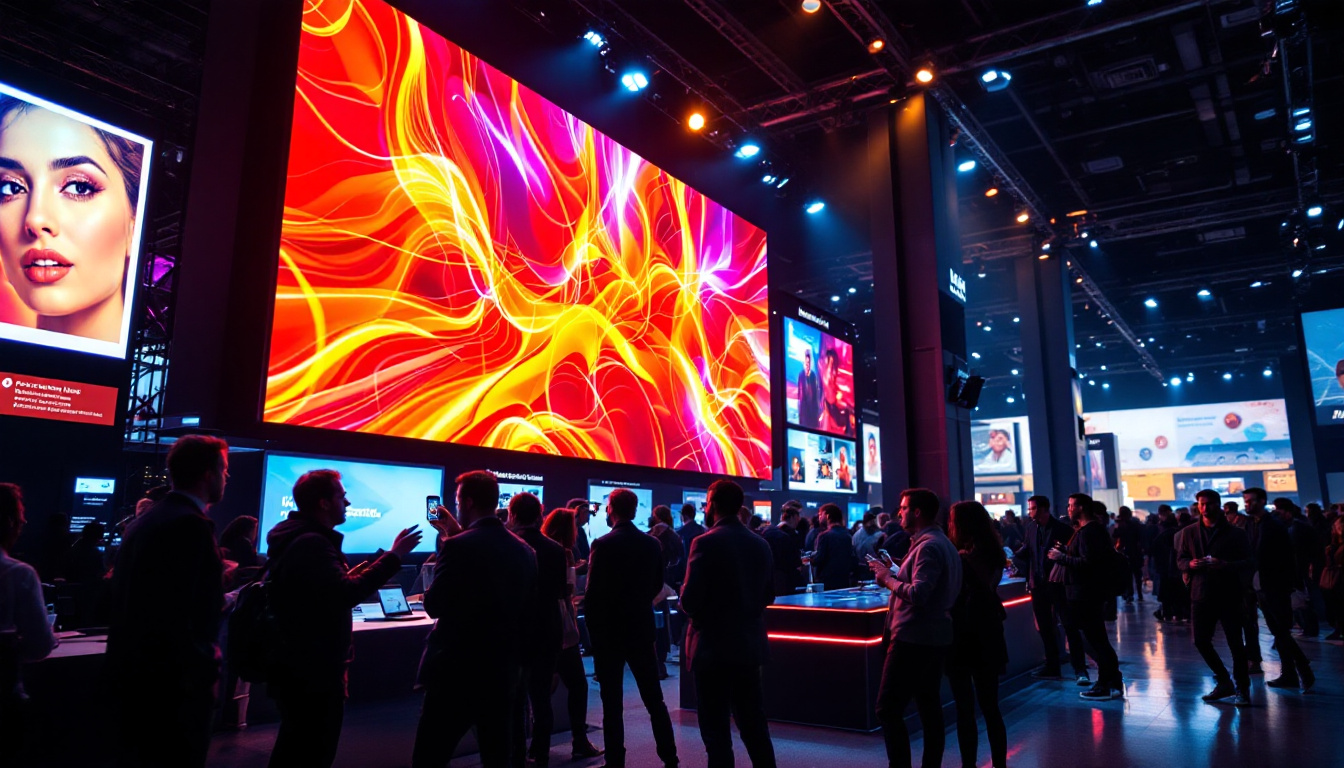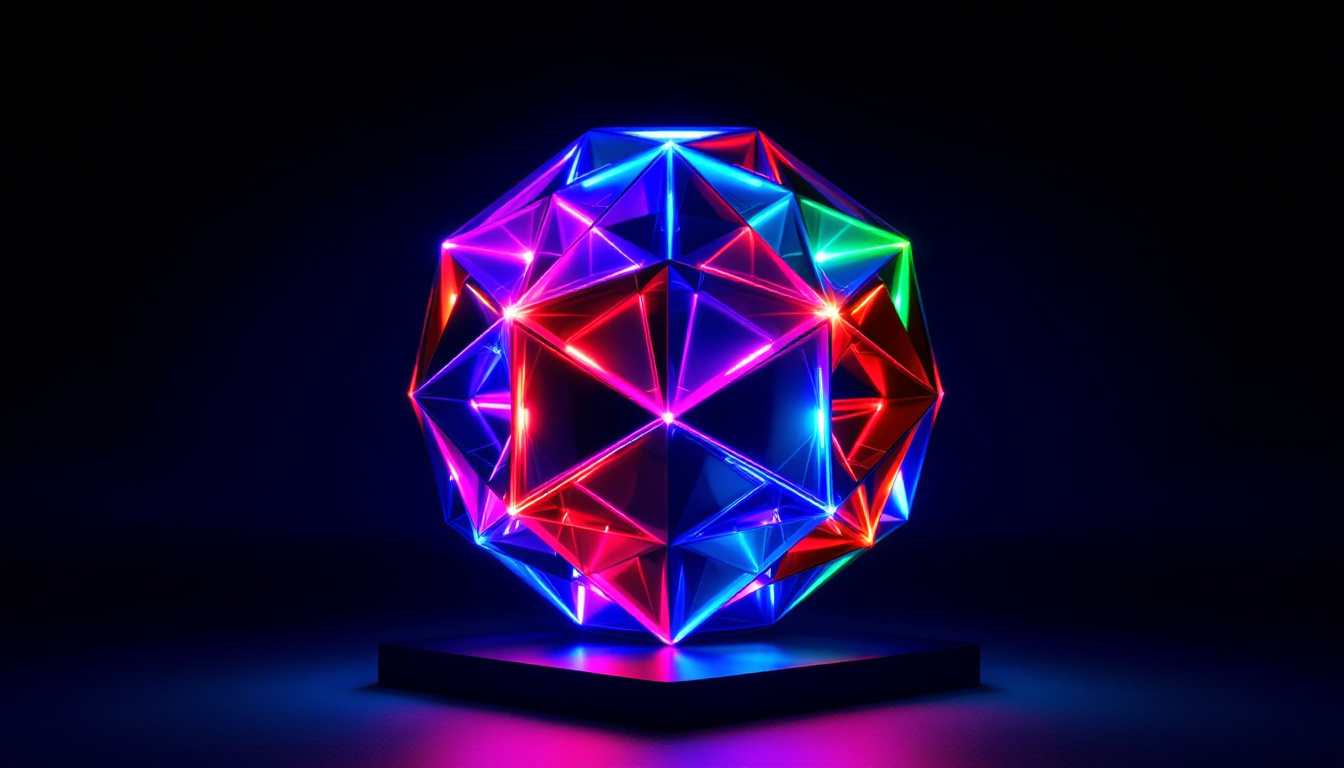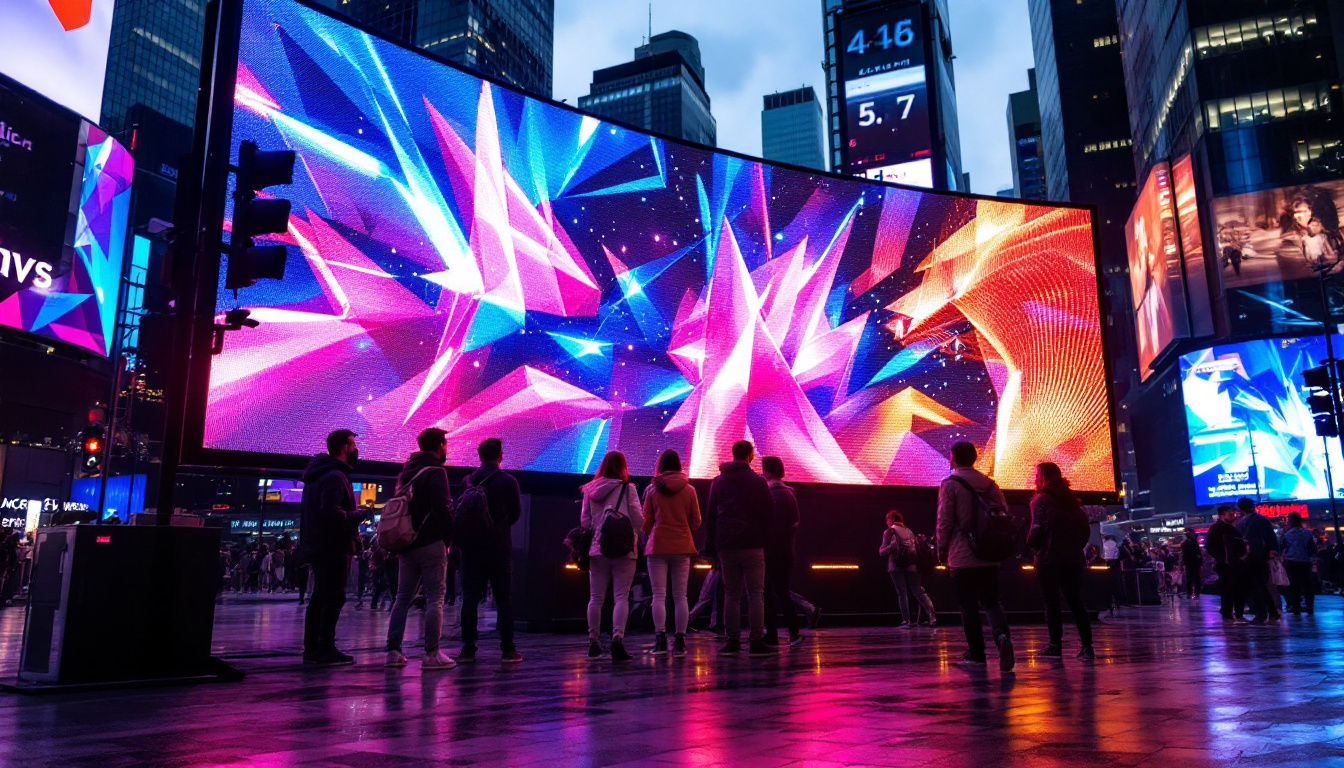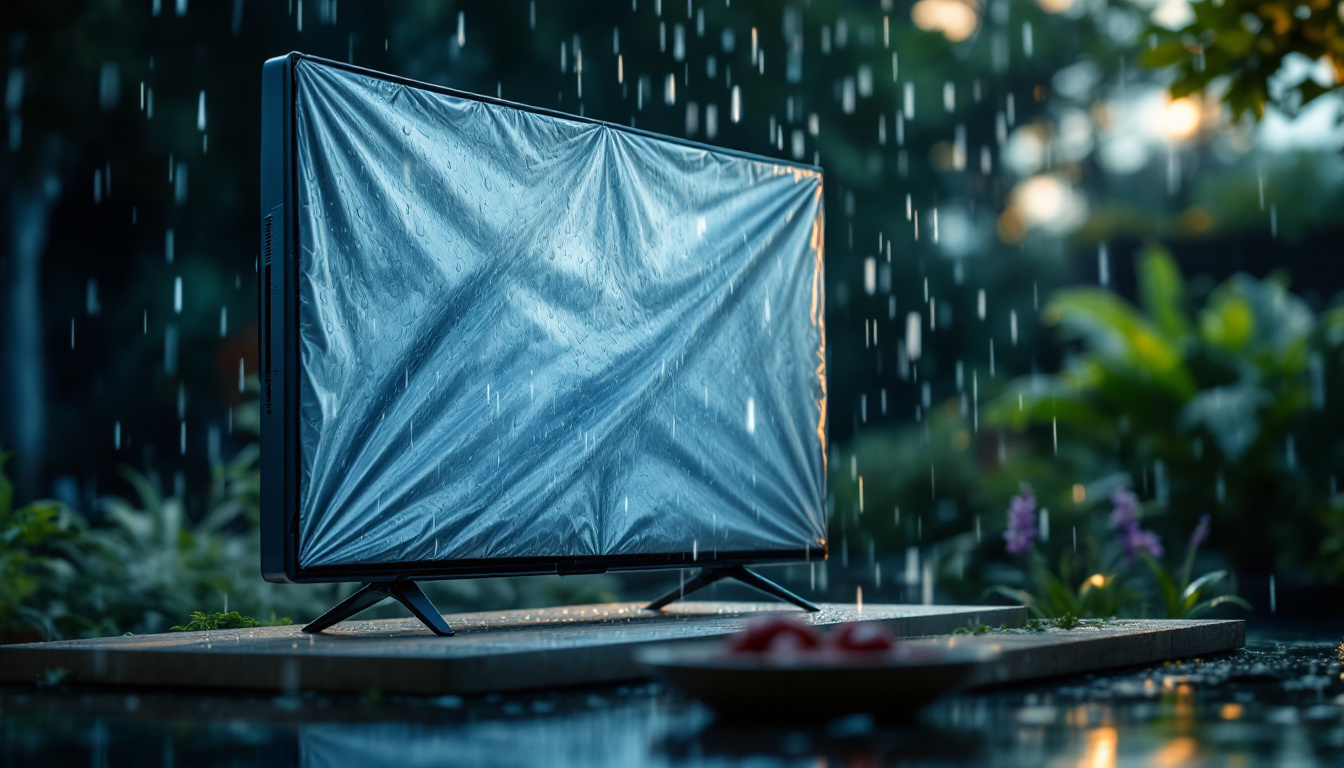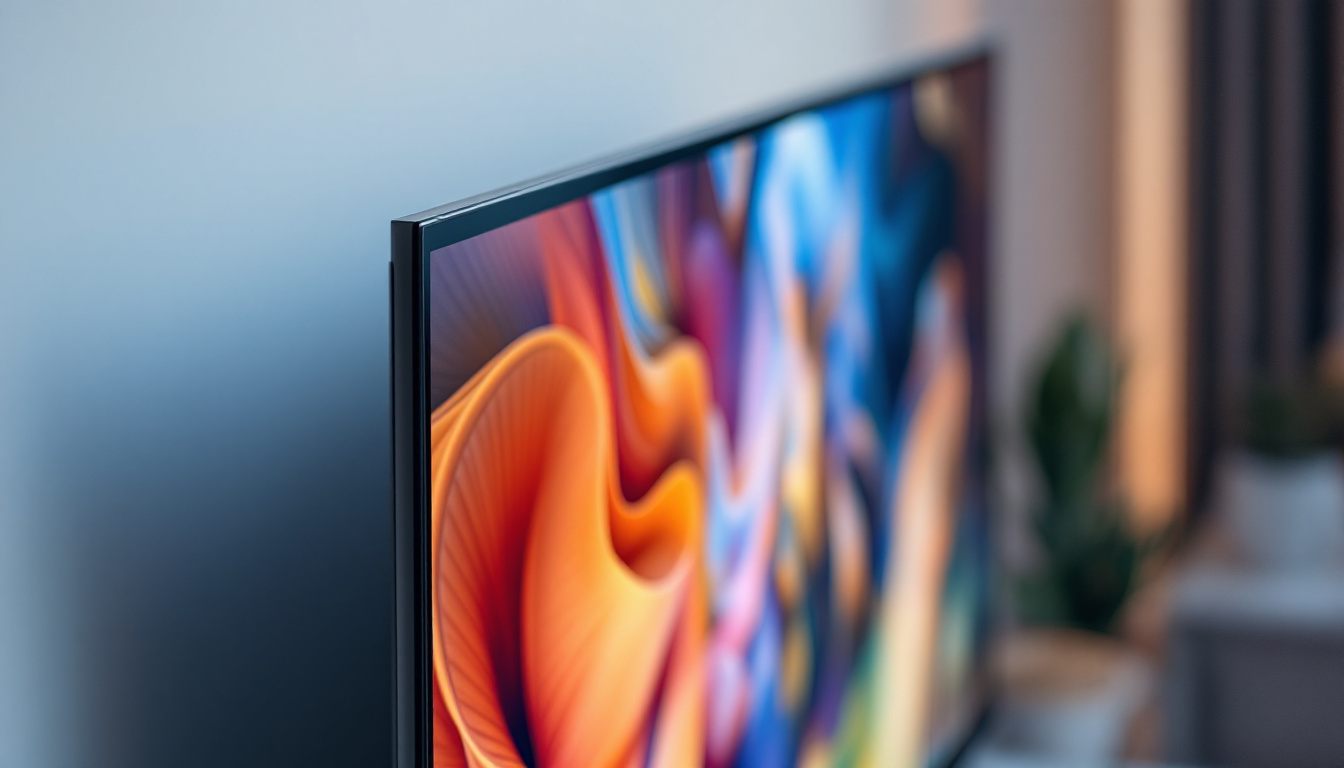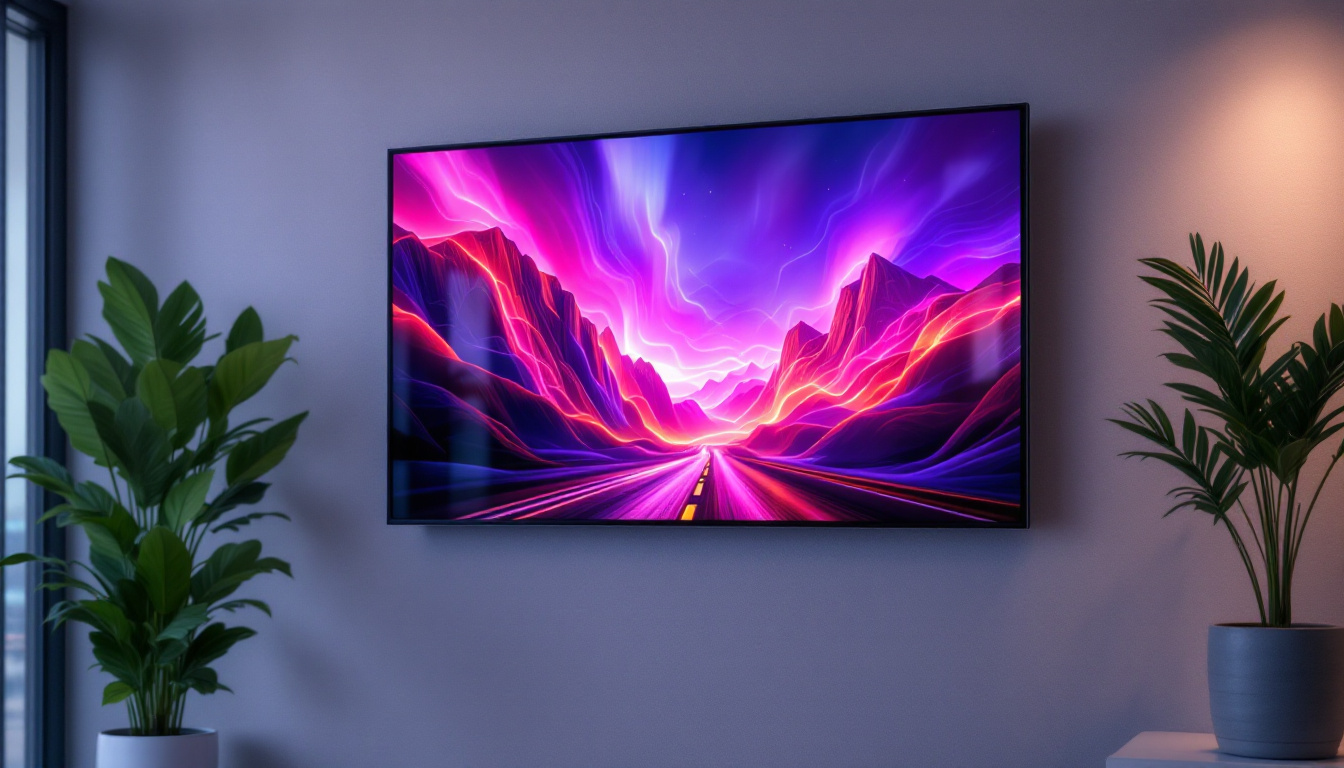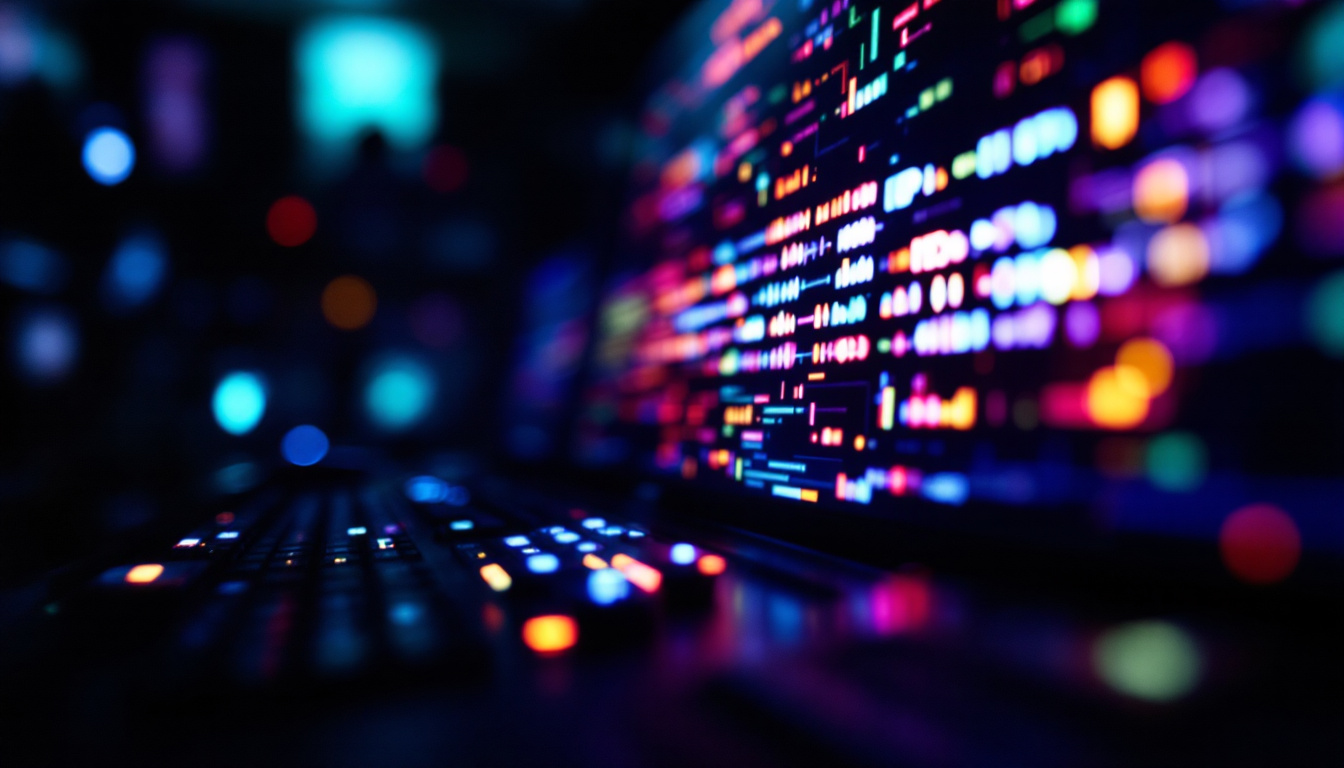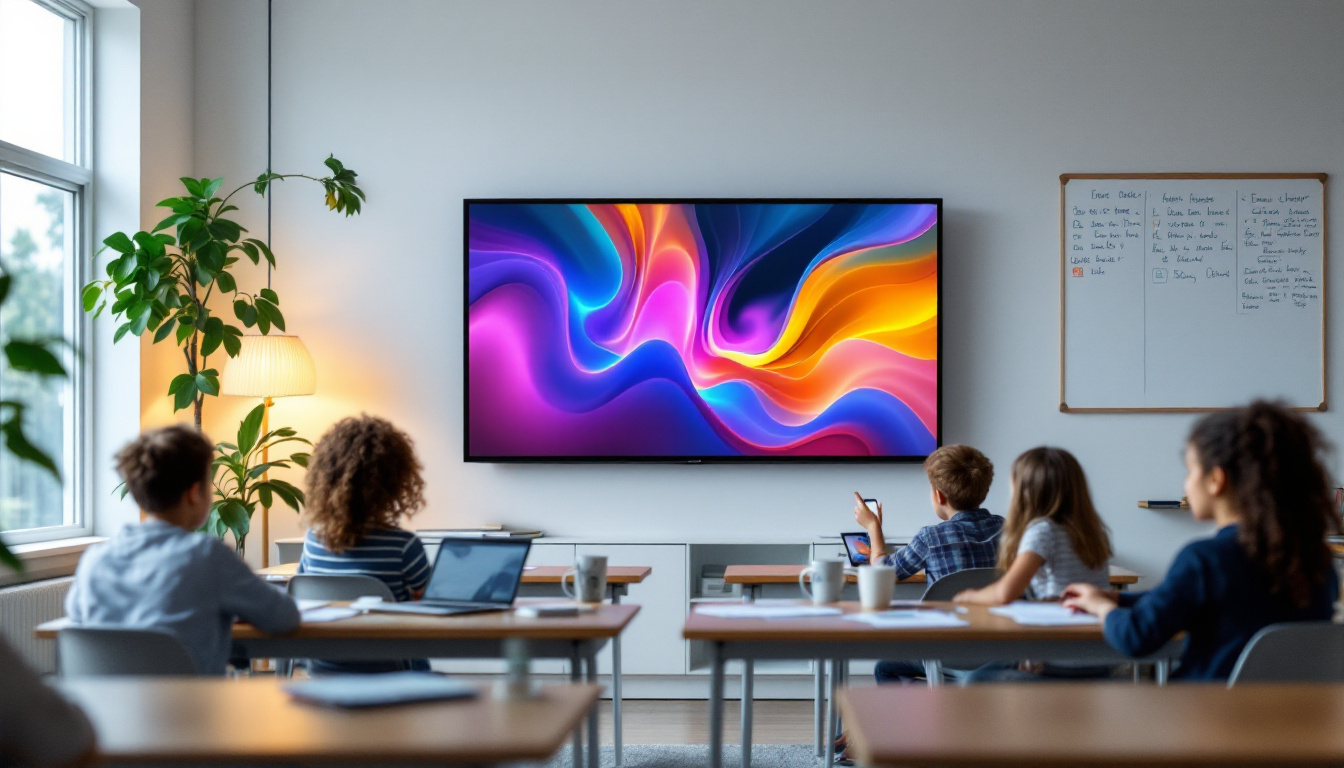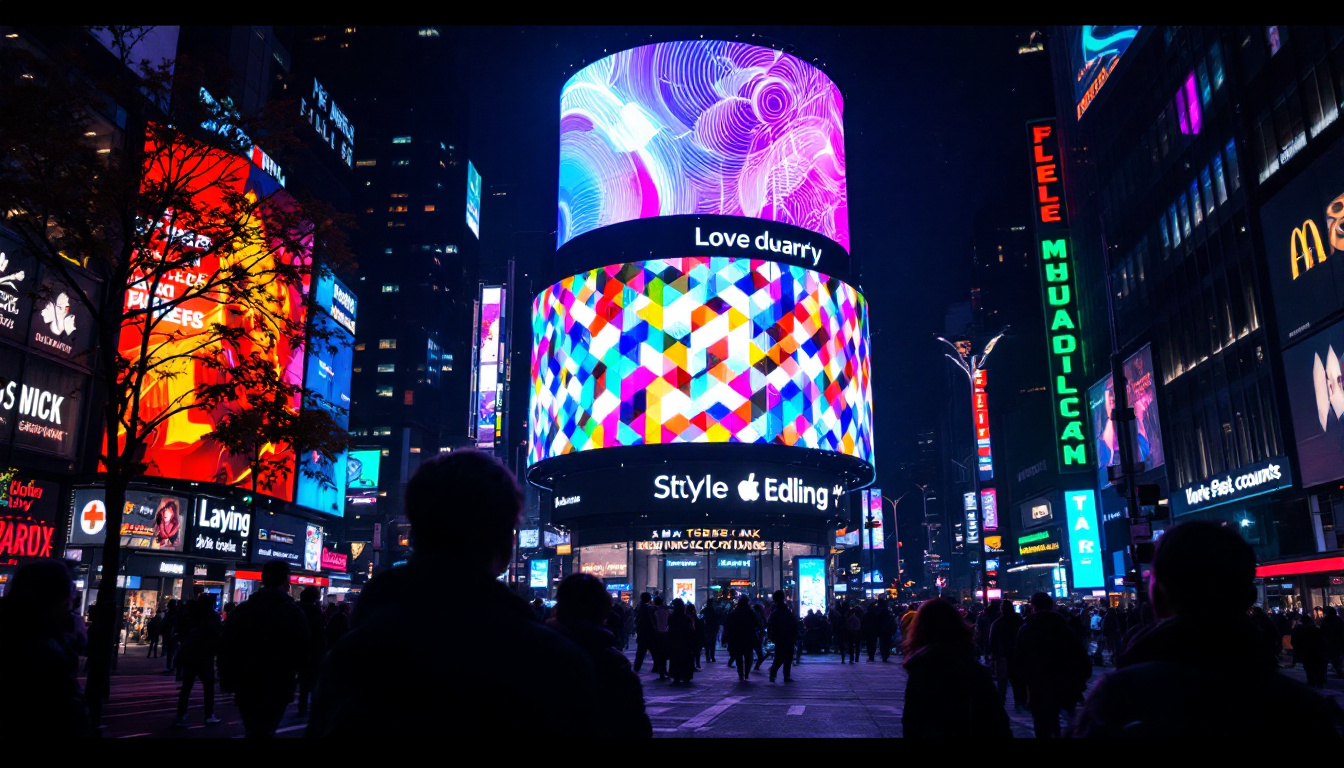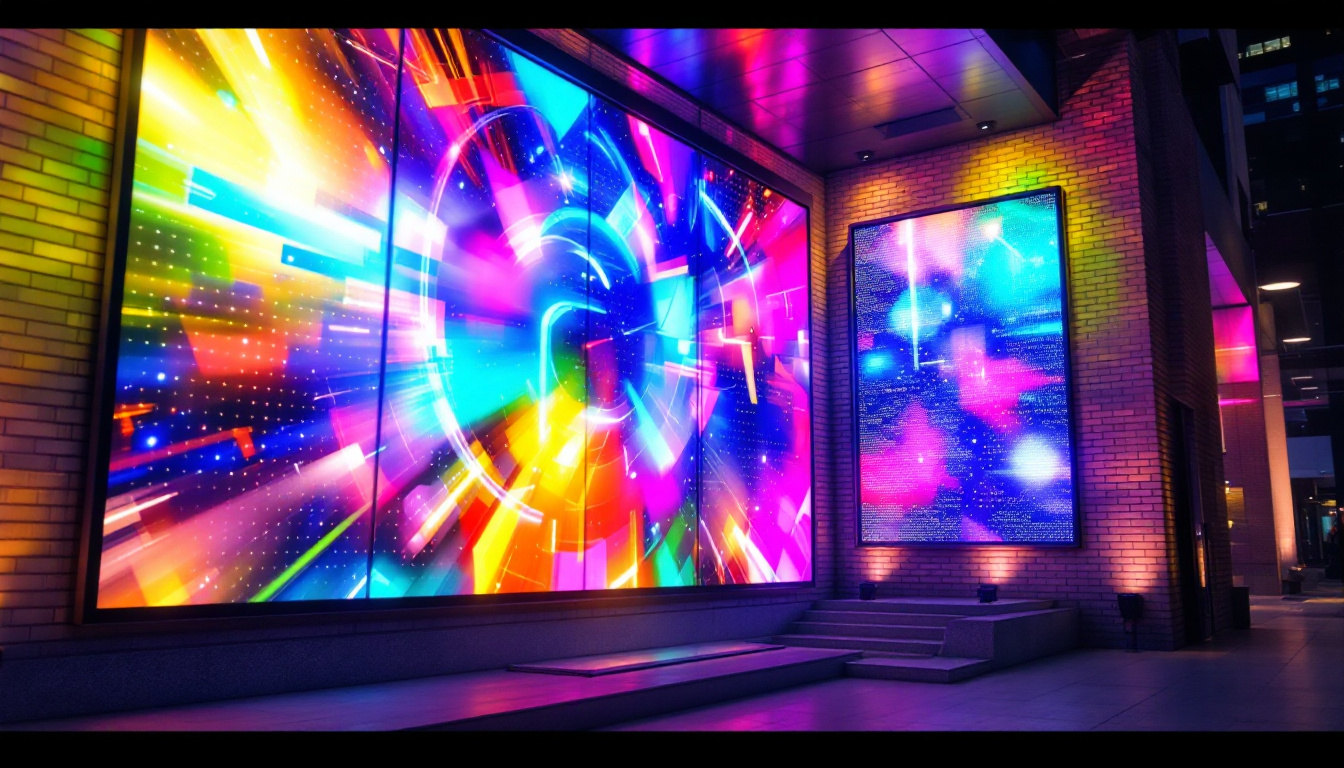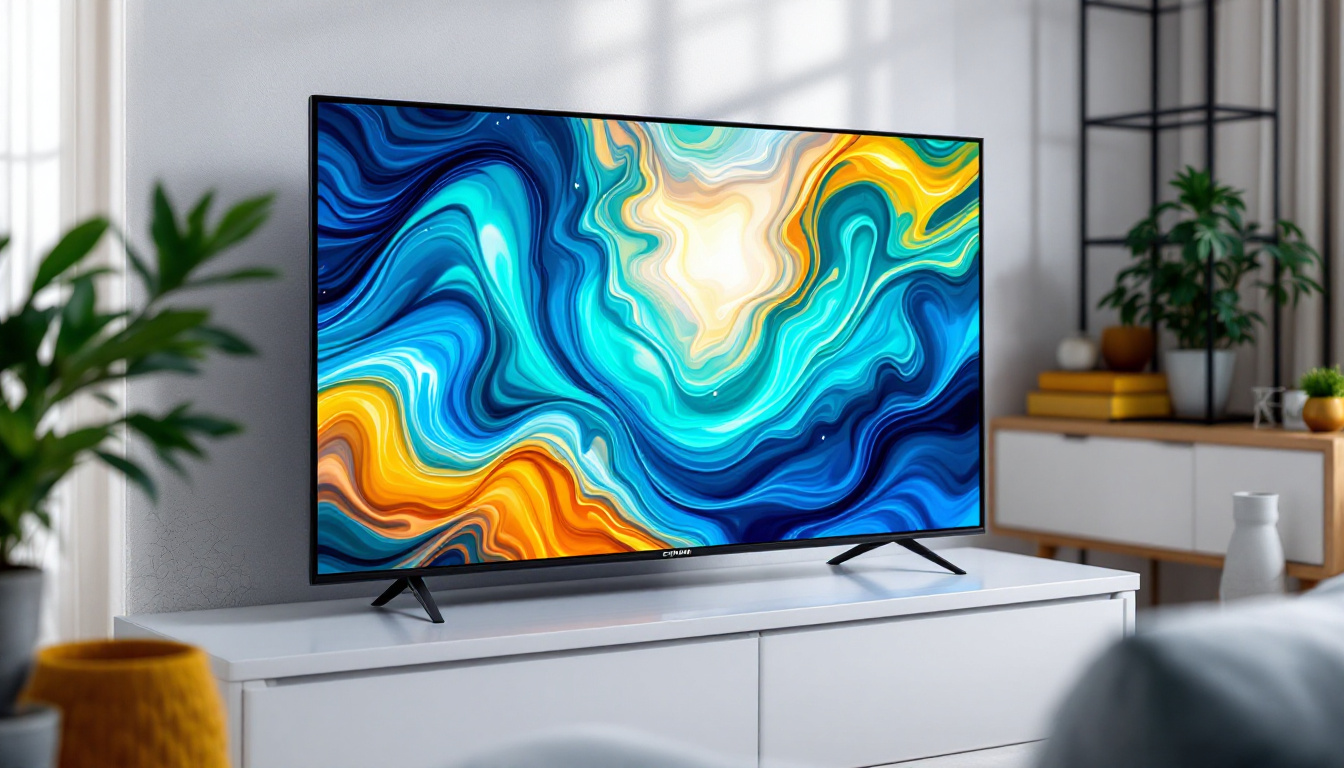In today’s digital age, small screen computer monitors have become increasingly popular due to their compact size and impressive display capabilities. Among the various types of screens available, LED (Light Emitting Diode) displays stand out for their superior brightness, energy efficiency, and vibrant color reproduction. This article delves into the intricacies of small screen LED monitors, exploring their technology, benefits, and applications.
Understanding LED Technology
LED technology has revolutionized the way screens display images and videos. Unlike traditional LCD monitors that rely on fluorescent backlighting, LED monitors utilize tiny diodes to produce light. This fundamental difference results in various advantages that enhance the viewing experience, such as improved energy efficiency and longer lifespan. LED displays consume significantly less power compared to their LCD counterparts, making them more environmentally friendly and cost-effective over time.
How LED Displays Work
At the core of an LED display are numerous small diodes that emit light when an electric current passes through them. These diodes can be arranged in different configurations, such as edge-lit or full-array backlighting, to create a vibrant display. Edge-lit monitors have LEDs positioned along the edges of the screen, while full-array monitors feature a grid of LEDs behind the screen, allowing for better control over brightness and contrast. This arrangement not only enhances the overall image quality but also enables features like local dimming, which improves the display’s performance in dark scenes by reducing light bleed.
The ability to control individual pixels means that LED displays can achieve deeper blacks and brighter whites, resulting in a more dynamic range of colors. This technology is particularly beneficial for tasks that require precise color accuracy, such as graphic design or video editing. Additionally, the rapid response time of LED displays minimizes motion blur, making them ideal for fast-paced gaming and action-packed movies, where every frame counts.
Types of LED Displays
LED displays come in various forms, each suited for different applications. The most common types include:
- Standard LED: These displays use white LEDs for backlighting, providing a good balance between brightness and color accuracy. They are widely used in televisions and computer monitors, offering a reliable viewing experience for everyday use.
- OLED (Organic LED): Unlike standard LEDs, OLED displays use organic compounds that emit light when an electric current is applied. This technology allows for even thinner screens and better contrast ratios. OLED displays are known for their ability to produce true blacks, as individual pixels can be turned off completely, resulting in stunning visuals that are particularly captivating for movie enthusiasts.
- Mini-LED: A newer technology that utilizes smaller LEDs for backlighting, offering improved local dimming and enhanced picture quality. Mini-LED displays bridge the gap between traditional LED and OLED technology, providing a compelling option for those seeking high-quality visuals without the premium price tag associated with OLED.
In addition to these types, there are also specialized LED displays designed for specific environments, such as outdoor billboards and digital signage. These displays often incorporate weather-resistant features and high brightness levels to ensure visibility in direct sunlight. Furthermore, advancements in LED technology continue to emerge, with innovations such as MicroLED, which promises even greater efficiency and flexibility in display design, paving the way for future applications in augmented reality and beyond.
Benefits of Small Screen LED Monitors
Small screen LED monitors offer a multitude of benefits that make them an attractive choice for both casual users and professionals. From energy efficiency to portability, these monitors cater to a wide range of needs.
Energy Efficiency
One of the most significant advantages of LED monitors is their energy efficiency. Compared to traditional monitors, LED displays consume less power, which not only reduces electricity bills but also contributes to a lower carbon footprint. This efficiency is particularly important in a world increasingly focused on sustainability.
Moreover, many LED monitors come with energy-saving features, such as automatic brightness adjustment based on ambient light. This not only helps save energy but also enhances the viewing experience by ensuring optimal brightness levels at all times. Some models even include eco-friendly certifications, such as Energy Star ratings, which can further assure users of their commitment to environmental responsibility.
Portability and Space-Saving Design
Small screen monitors are designed with portability in mind. Their compact size makes them ideal for users who frequently travel or work in tight spaces. Many models are lightweight and can easily fit into a backpack, making them perfect for on-the-go professionals or students.
Additionally, these monitors often feature slim profiles and minimal bezels, allowing for a more modern aesthetic. This design not only saves space on desks but also makes them an attractive addition to any workspace. Many small screen LED monitors also come with versatile mounting options, enabling users to easily attach them to walls or stands, further optimizing their workspace and enhancing ergonomics.
Enhanced Visual Experience
LED technology offers superior color accuracy and brightness, resulting in a more immersive visual experience. Whether watching movies, playing video games, or working on design projects, the vibrant colors and sharp contrasts provided by LED displays enhance the overall enjoyment.
Furthermore, many small screen LED monitors support high resolutions, such as Full HD or even 4K, allowing for stunning detail in images and videos. This capability is essential for professionals who require precise visuals for their work. Additionally, some monitors incorporate advanced features like HDR (High Dynamic Range) support, which further elevates the viewing experience by delivering a broader range of colors and improved contrast, making images appear more lifelike and engaging.
In terms of connectivity, small screen LED monitors often come equipped with a variety of ports, including HDMI, DisplayPort, and USB-C, allowing for easy integration with multiple devices. This flexibility is particularly beneficial for users who switch between laptops, gaming consoles, and other peripherals, ensuring that they can enjoy high-quality visuals without the hassle of constantly changing cables or setups.
Applications of Small Screen LED Monitors
The versatility of small screen LED monitors makes them suitable for a wide range of applications. From personal use to professional environments, these displays serve various needs effectively.
Home and Office Use
In home settings, small screen LED monitors are often used for casual browsing, streaming videos, and gaming. Their compact size allows them to fit comfortably in living rooms or bedrooms, providing an excellent viewing experience without taking up too much space.
In office environments, these monitors are perfect for multitasking. Users can easily connect multiple monitors to a single computer, enhancing productivity by allowing for more screen real estate. This setup is particularly beneficial for professionals in fields such as finance, programming, and graphic design.
Gaming and Entertainment
Gamers have increasingly turned to small screen LED monitors due to their fast response times and high refresh rates. These features minimize motion blur, providing a smoother gaming experience. Additionally, the vibrant colors and deep contrasts enhance the visual appeal of games, making them more engaging.
For entertainment purposes, LED monitors are ideal for watching movies and TV shows. With many models supporting HDR (High Dynamic Range), users can enjoy a wider range of colors and improved contrast, making cinematic experiences more lifelike.
Educational and Professional Settings
In educational settings, small screen LED monitors are used for presentations, lectures, and collaborative work. Their portability makes them easy to transport between classrooms, while their clarity ensures that information is easily readable from a distance.
Professionals in creative fields, such as graphic design and video editing, benefit from the color accuracy and high resolution that LED monitors provide. This technology allows for precise work, ensuring that colors are represented accurately in projects.
Choosing the Right Small Screen LED Monitor
When selecting a small screen LED monitor, several factors should be considered to ensure it meets individual needs and preferences. Understanding these factors can help users make informed decisions.
Screen Size and Resolution
The size of the monitor is a crucial aspect to consider. Small screen monitors typically range from 15 to 27 inches, with sizes like 21.5 inches being particularly popular. The choice of size often depends on the intended use; for instance, a larger screen may be preferred for gaming or design work, while a smaller screen may suffice for basic tasks.
Resolution is equally important, as it determines the clarity of the display. Common resolutions include Full HD (1920 x 1080) and 4K (3840 x 2160). Higher resolutions provide sharper images, which is essential for tasks that require fine detail.
Refresh Rate and Response Time
For gamers and video enthusiasts, refresh rate and response time are critical specifications. A higher refresh rate, measured in hertz (Hz), results in smoother motion during fast-paced scenes. A refresh rate of 60Hz is standard, but gaming monitors often offer 120Hz or higher.
Response time, measured in milliseconds (ms), indicates how quickly a pixel can change from one color to another. Lower response times reduce motion blur and ghosting, making them ideal for gaming and fast-moving content.
Connectivity Options
Connectivity is another essential factor when choosing a small screen LED monitor. Most modern monitors come equipped with a variety of ports, including HDMI, DisplayPort, and USB-C. Ensuring that the monitor is compatible with existing devices is crucial for seamless integration.
Additionally, features like built-in speakers, USB hubs, and VESA mount compatibility can enhance usability and convenience. Users should evaluate their specific needs to determine which connectivity options are most beneficial.
Conclusion
Small screen LED monitors have become a staple in both personal and professional environments due to their impressive technology and versatility. With benefits such as energy efficiency, portability, and enhanced visual experiences, these monitors cater to a wide array of users. Understanding the various applications, advantages, and selection criteria can help individuals make informed choices when investing in a small screen LED monitor.
As technology continues to advance, LED displays are likely to evolve further, offering even more features and capabilities. Whether for gaming, professional work, or casual use, small screen LED monitors are poised to remain a popular choice for years to come.
Discover LumenMatrix’s Innovative LED Displays
Ready to elevate your visual experience with the latest in LED technology? Look no further than LumenMatrix, a pioneer in crafting exceptional LED display modules for a multitude of applications. From the comfort of your home to the buzz of a professional setting, LumenMatrix offers a diverse range of solutions including Indoor and Outdoor LED Wall Displays, Vehicle LED Displays, and much more. Embrace the future of visual communication with our cutting-edge digital signage and LED displays designed to captivate and engage. Check out LumenMatrix LED Display Solutions today and transform your space with unparalleled clarity and impact.

